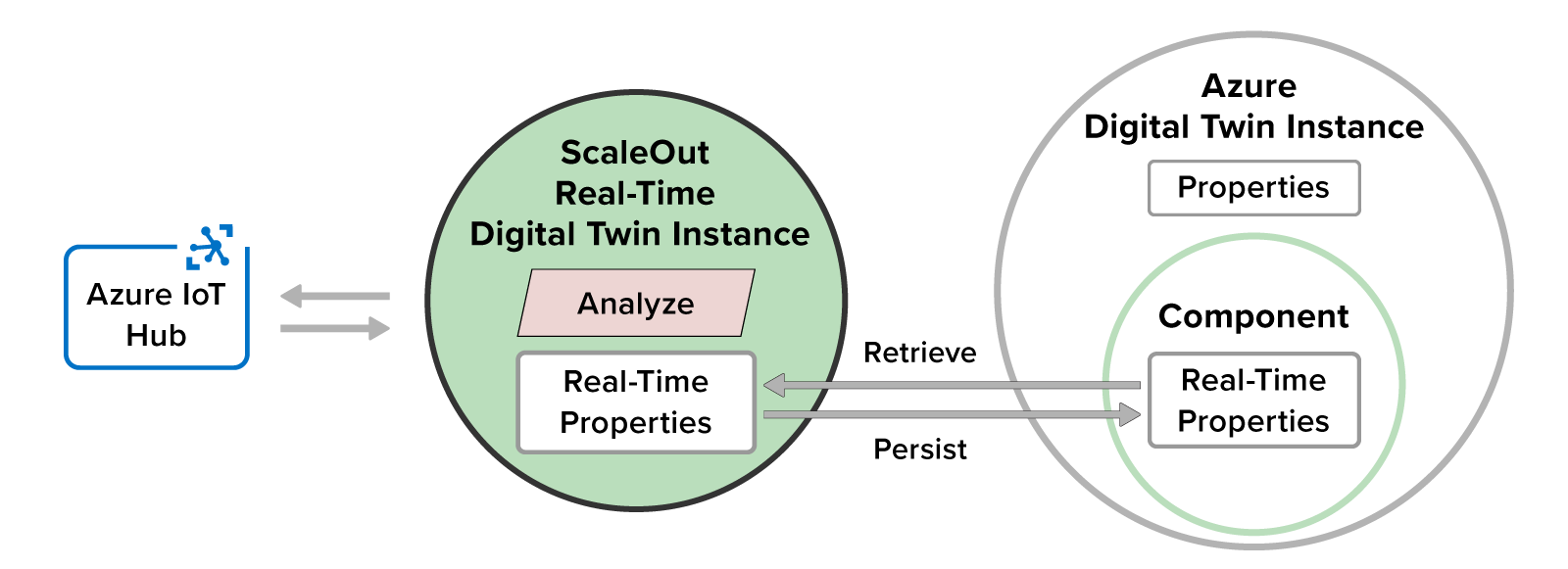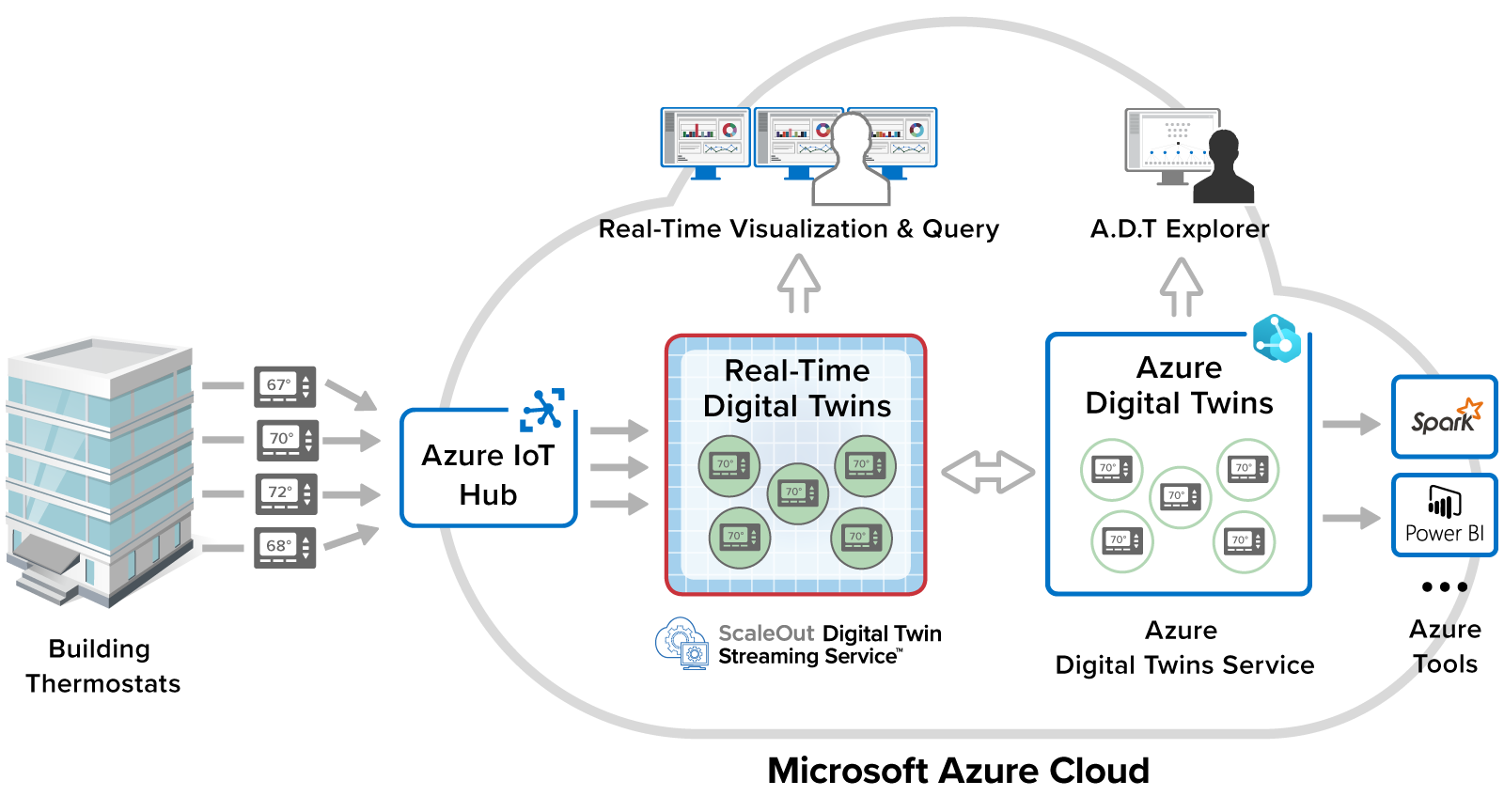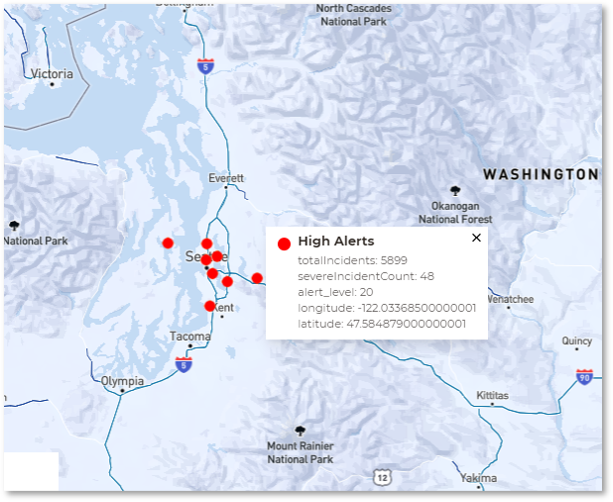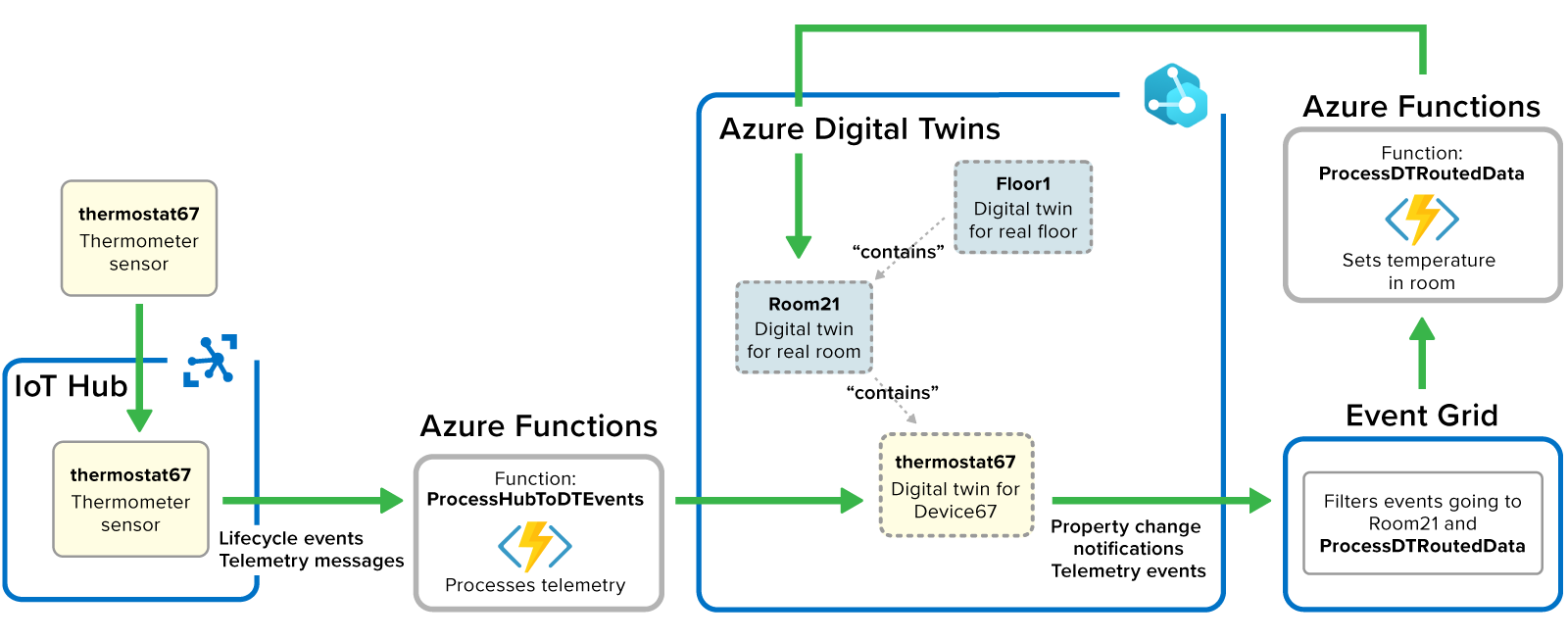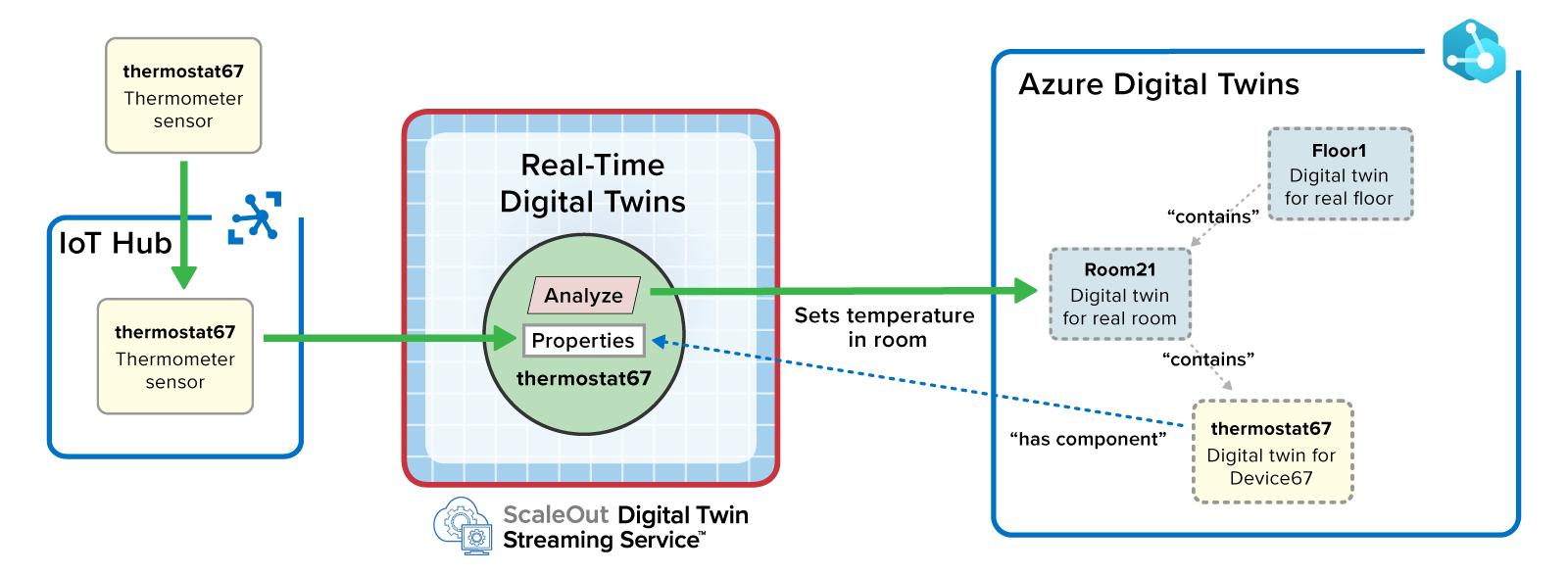New Use Cases for Azure Digital Twins
The Need for Real-Time Analytics
In countless applications that track live systems, real-time analytics plays a key role in identifying problems (or finding opportunities) and responding fast enough to make a difference. As an example, consider a software telematics application that tracks a nationwide fleet of trucks to ensure timely deliveries. Dispatchers receive telemetry from trucks every few seconds detailing location, speed, lateral acceleration, engine parameters, and cargo viability. In a classic needle-and-haystack scenario, dispatchers must continuously sift through telemetry from thousands of trucks to spot issues, such as lost or fatigued drivers, engines requiring maintenance, or unreliable cargo refrigeration. They must intervene quickly to keep the trucks — and the supply chain — running smoothly.
Real-time analytics can help dispatchers tackle this seemingly impossible task by automatically sifting through telemetry as it arrives, analyzing it for anomalies needing attention, and alerting dispatchers when conditions warrant. Here’s an illustration of a cloud-hosted telematics application processing telemetry from a nationwide fleet of trucks:

Digital Twins Simplify Real-Time Analytics and Enable High Performance
Because digital twins separately track the state of each data source, they can dramatically simplify the construction of applications that implement real-time analytics. For example, in the telematics application, a digital twin for each truck can track that truck’s parameters (such as maintenance and driver history) and its dynamic state (location, speed, engine and cargo condition, etc.). The digital twin can analyze telemetry from the truck to update this state information and generate alerts when needed. It can encapsulate analytics code or use machine learning techniques to look for anomalies. Running simultaneously, thousands of digital twins can track all the trucks in a fleet to keep dispatchers informed while reducing their workload.
Hosting analytics code and digital twin state information using an in-memory computing platform can ensure fast message processing that meets the needs of time-critical applications. It also can enable real-time data aggregation and visualization to boost situational awareness for system managers. These capabilities are depicted in the following diagram:

Adding Real-Time Analytics to Azure Digital Twins
Microsoft’s Azure Digital Twins have emerged as a compelling platform for creating digital twin models with a rich set of features for describing their contents, including properties, components, inheritance, and more. The Azure Digital Twins Explorer GUI tool lets users view digital twin models and instances, as well as their relationships. Azure Digital Twins focus on describing infrastructures with many components and their relationships. However, processing messages from data sources falls under the domain of other Azure services, such as Azure Functions and the Azure Event Grid, which can add complexity and limit real-time performance.
Integrating in-memory computing with Azure Digital Twins for real-time analytics unlocks a wide range of new cases that demand fast, scalable message processing to track numerous data sources, immediately detect emerging issues. and respond in the moment. These applications need to maintain maximum situational awareness while analyzing potentially huge volumes of incoming telemetry that are beyond the ability of personnel to manually track.
For example, here’s a depiction of an Azure digital twin tracking telemetry from each truck in a fleet in the telematics application. The Azure digital twin makes use of a “real-time” component which stores properties used in message processing. This component’s properties are retrieved by ScaleOut’s in-memory computing platform (the ScaleOut Digital Twin Streaming Service) to host in memory for fast access. The in-memory computing platform processes incoming telemetry from the truck (via Azure IoT Hub in this case) and analyzes the telemetry for anomalies that need alerting. It also persists properties back to its corresponding Azure digital twin instance as they are updated during message processing:

The unique combination of rich descriptive features and fast, scalable message-processing offered by integrating Azure Digital Twins with ScaleOut’s in-memory computing creates a powerful platform for addressing the challenges of real-time applications.
Many Real-Time Use Cases for Digital Twins
Some of the many examples of time-critical, live systems with many data sources that can benefit from digital twins include:
- telematics: for example, tracking vehicles in a fleet to ensure on-time operations
- preventive maintenance: for example, analyzing telemetry from machinery to avoid unscheduled failures
- logistics: for example, tracking pallets, conveyors, fork lifts for efficient warehouse operations, tracking supply distribution for restaurant and store chains
- physical and cyber security: for example, tracking card keys and entry/exit points in a large infrastructure; in cyber security, tracking external and internal network access points to identify suspect login attempts and kill chains
- IoT for smart cities: for example, tracking traffic sensors and sound sensors at intersections and components of a municipal water system
- crisis management: for example, tracking fire alarms in a power distribution network, tracking distribution of emergency supplies, vaccine distribution, contact tracing
- health device tracking: for example, tracking fitness devices to evaluate biometric parameters and match to individual medical conditions
- ecommerce shopping: for example, analyzing each shopper’s clickstream in the context of preferences and product features
- financial services: for example, analyzing transactions in suspect customer accounts for potentially fraudulent behavior
These applications all can use digital twins to organize their state tracking for thousands of data sources and process incoming telemetry to identify emerging issues. Digital twins can dramatically simplify the implementation of real-time analytics while helping to quickly pinpoint areas of concern.
To meet the real-time requirements of these applications, real-time analytics must be able to immediately identify important issues and give users maximum situational awareness. The integration of ScaleOut’s in-memory computing with Azure Digital Twins makes this possible.

